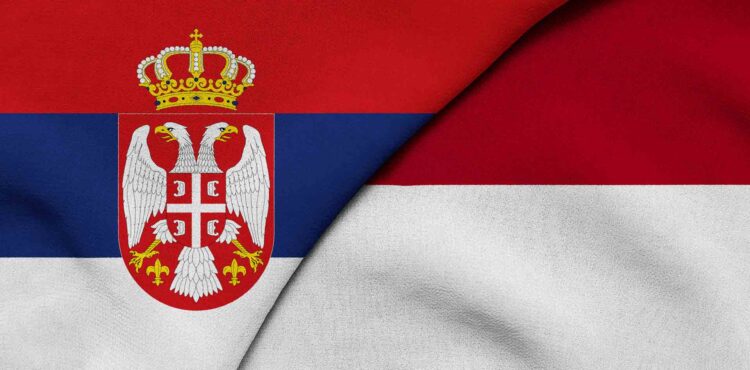THE EXCURSION TO THE LELIĆ MONASTERY AND THE SPRINGS OF TAOR
On Sunday, May 19, NUSANTARA took its members to the Valjevo region – the places visited on this occasion were, though, something new to offer.
After two scheduled, and out of the rainy May weather cancelled, visits to the Lelić monastery, this Sunday the excursionists were given an opportunity not only to visit this renowned temple, but also to attend the morning liturgy. The Lelić monastery, located in the Lelić village 5 km far from Valjevo, is a family endowment of bishop Nikolaj Velimirović and his father Dragomir.
The Lelić monastery, dedicated to miraculous St. Nikolaj Mirlikijski, is one of the recently erected Orthodox sanctuaries – for its importance, it has already been aligned with sanctuaries of extraordinary relevance for the Serbian nation. Such importance is due, among other reasons, to the fact that mortal remains of bishop Nikolaj have been deposited there. The mortal remains, to which members of the NUSANTARA Association of Serbian-Indonesian Friendship paid their respects this Sunday, had been transferred from the St. Sava monastery in Libertville to the church of Lelić on May 12, 1992.
What followed was the tour of the Springs of Taor on the Povlen mountain, in the area of the Donji Taor village. The Springs of Taor represent a unique hydrologic phenomenon; the springs are difficult to reach, which gives this destination all features of exclusivity. Members of the NUSANTARA Association of Serbian-Indonesian Friendship were, thus, told that they had visited an exclusive spot this Sunday.
The excursionists had a chance to see first-hand a stalactite mine on Povlen! Stalactite is, as members of the NUSANTARA Association of Serbian-Indonesian Friendship learned, a stone ideal for the construction of churches and monasteries – Lelić was also built of this stone. Stalactite is an excellent isolator, which solves the mystery of the fact that nobody ever got sick or caught a cold during a liturgy in old churches and monasteries in ancient times, when there was no heating in temples.
Even nowadays, Povlen is full of watermills, important place of gathering for locals and formerly relevant economic centre. The excursionists saw some of them along the path leading to the Rock of Taor. Only 15 km farther, in the Zarožje village, the watermill of Sava Savanović, the most notorious Serbian vampire, main character of Milovan Glišić’s story „After 90 Years“, which served as the screenplay for the „She-Butterfy“ horror movie, has been located. This Sunday of May, the excursionists heard from locals that each village’d had its own vampire, so the vampire of the Donji Taor village on Povlen was called Rade Milovanović!
Povlen is also famous for its abundance of sremuš – since the first weeks of the spring till the end of May, the mountain flourishes with kilometer-long fields of wild onion, which is the reason for „The Days of Sremuš“ manifestation to take place. Besides its healing properties in nutrition, locals considers sremuš as a natural remedy for vampirism!
In the ethno household Pepić-Jovanović in the village of Donji Taor, a Sunday lunch was served for members of the NUSANTARA Association of Serbian-Indonesian Friendship. Besides enjoying rural ambiance, home cooking and authentic Serbian hospitality, visitors had a chance not only to taste some sremuš pie in the rural „Pepić watermills“ household, but also to buy some fresh flour, ground in the mill at the Springs of Taor, as well as honey, brandy and some other domestic products from Povlen.
The Lelić monastery was not the only sanctuary on the Sunday’s itinerary – NUSANTARA visited the Ćelije monastery for the second time. Members of the NUSANTARA Association of Serbian-Indonesian Friendship were given a possibility to spend their Sunday afternoon having a break in the peace of the renowned monastery’s yard, located on the left bank of the Gradac river, devoted to St. Archangel Michael, or to relax at the nearby ethno restaurant „Step by Step“.
Biljana Đorđević
Photos: Oliver Dimić, Novo Tomić, Vesna Stupar i Marko Jelić





















